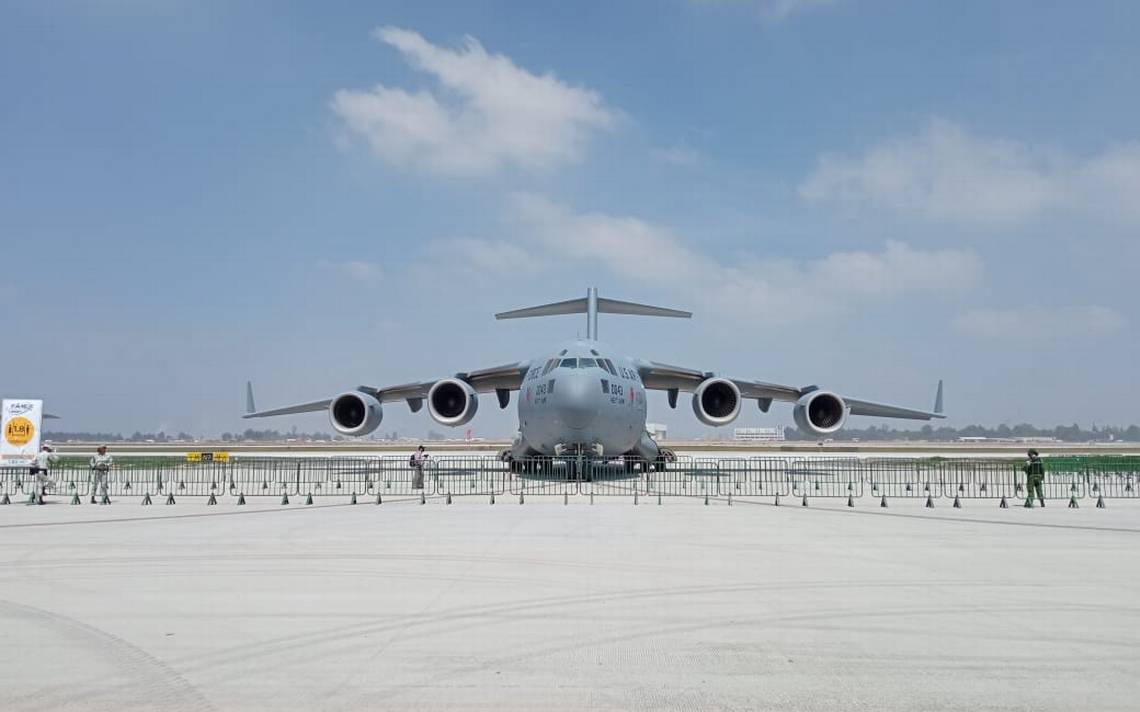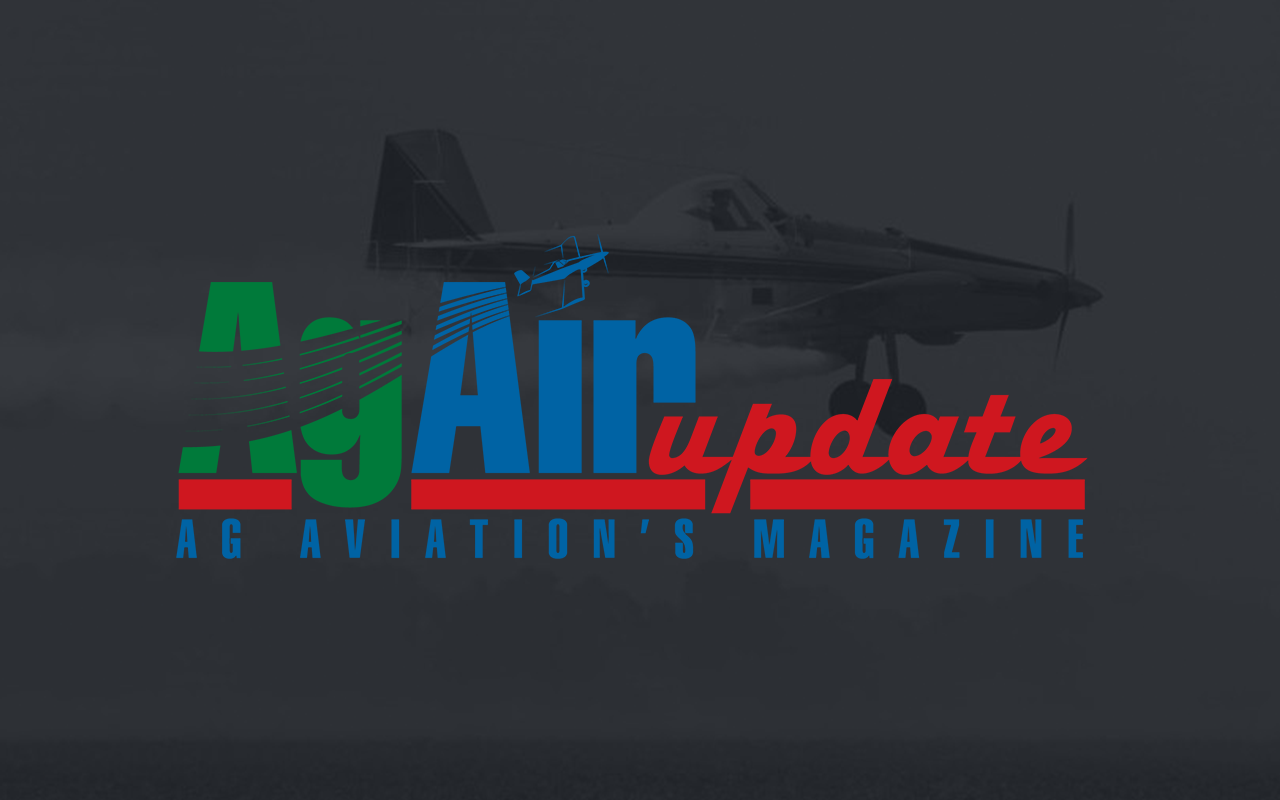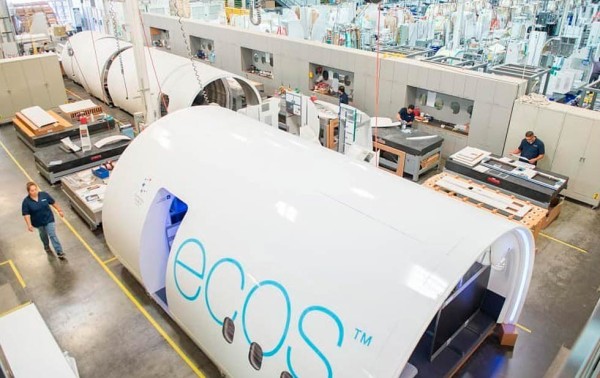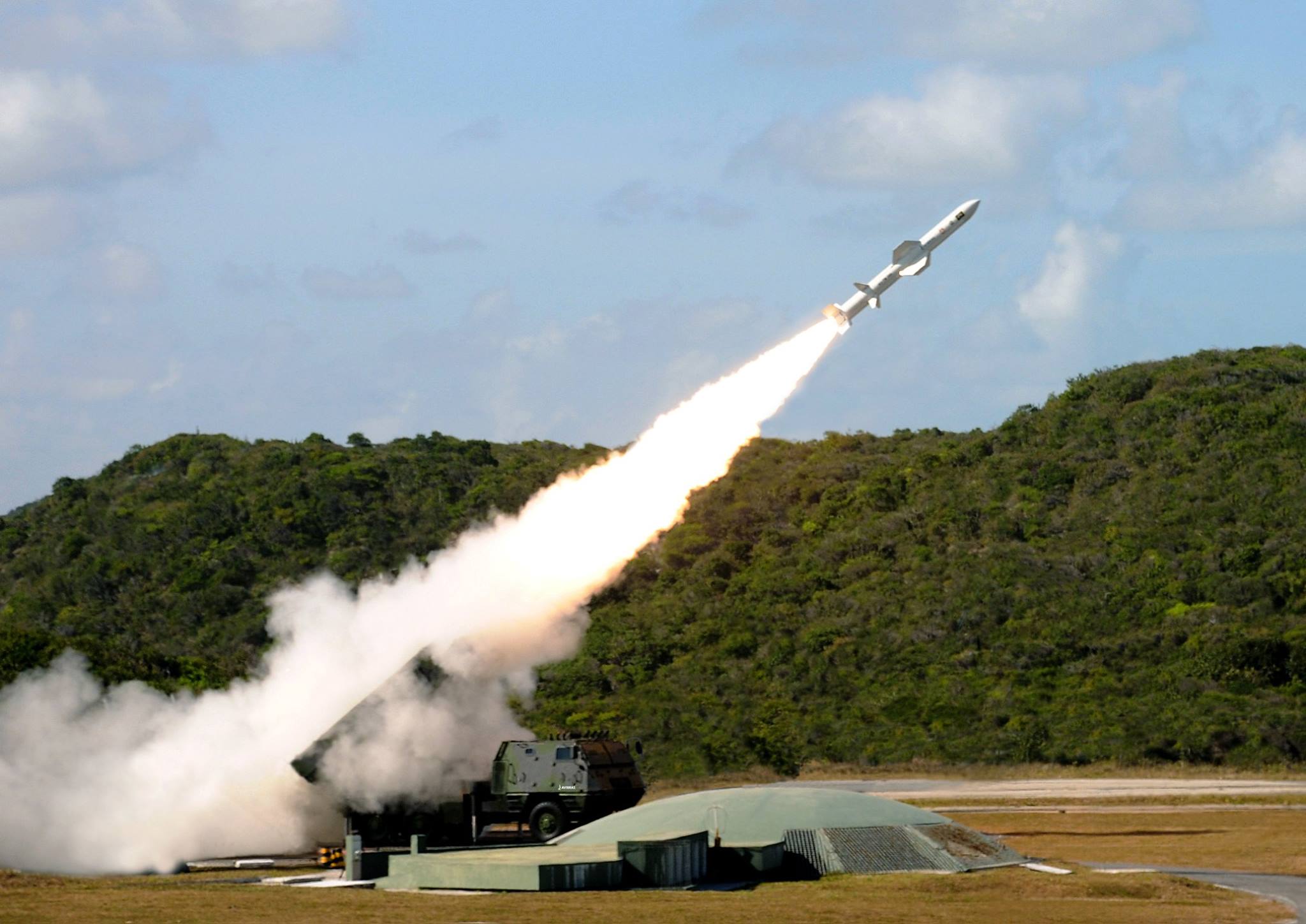Latin America does not want to lose footprint in the aeronautical industry, so several companies are encouraged to launch innovative designs. As Mexico prepares its first military attack plane, other firms such as the Brazilian Embraer or the Argentine Petrel are firmly betting on electric planes.
To excel in aircraft manufacturing is not an easy task for any country in the world. Even so, some Latin American countries are trying not to lose footprint in the industry and in recent months they have surprised with airplanes of their own design.
Also read: Diabetes one of the main deaths in the country
Following industry trends, the new Latin American aircraft models are already making a strong commitment to lower fuel consumption, either by becoming 100% electric or by incorporating mechanisms that allow fuel consumption to be reduced.
The Brazilian ATL 100, a multipurpose that looks to the future
In 2017, former members of the traditional Brazilian aeronautical company Embraer formed Desaer, a company that, associated with Portuguese capital, has worked since its creation on the development of the ATL 100 aircraft, a twin-engine aircraft for logistics use that is designed to be able to serve both for the transport of passengers, cargo and military use.
Indeed, the aircraft is designed to transport 19 people in its passenger version or 12 paratroopers in its military version. In its cargo configuration, the aircraft is capable of carrying up to 2,500 kilos.
The novelty of the aircraft is the low cost of operation and the versatility of the aircraft. Although it does not have an electric motor, manufacturers do foresee that it can be adapted in the future to work with this type of power source.
Embraer and its four revolutionary green airplanes
Being the traditional Brazilian aircraft company does not prevent Embraer from seeking to innovate in the market, meeting the ecological demands of the moment. For this reason, at the beginning of November the firm presented 'Energía', a family of four airplanes designed to reduce pollution.
Indeed, the four planes use sustainable forms of propulsion: one is electric, another moves with the fuel cell method, another with a gas turbine and another with a hybrid system.
The development of the four aircraft was in partnership with a consortium of engineering universities, aeronautical research institutes and small and medium-sized companies, with the intention of improving energy harvesting, temperature management and their applications for sustainable propulsion.
The Brazilian company aims to have the planes ready between 2030 and 2040: the first to be available will be the hybrid, which will have nine seats and will reduce its CO2 emissions by 90%. The last, whose technology will be ready in 2040, will be the one powered by a gas turbine. With capacity for between 35 and 50 passengers, it will reduce its emissions by 100%.
The Argentine Petrel plane is converted to lithium
Argentine industry is not far behind either. Petrel, the only private aircraft manufacturer in the country, developed together with the state National University of La Plata a redesign of the Petrel 912i aircraft to be powered entirely with a lithium battery.
It is a light aircraft designed for the training of young pilots and that stands out for its low cost of operation and maintenance. With the redesign to make it electric, the aircraft will be 100% ecological and will be able to connect directly to the electrical network without losing any of the benefits of the fuel version.
Colombia already has its picturesque first electric plane
Colombia also presented its first fully electric airplane in 2021, developed by students and teachers from the Pascual Bravo University Institution.
The 'Cóndor Pascualino', as it was baptized, is a plane for a single passenger and only 11 meters wide by 5.5 meters long. Its landing gear resembles that of a tricycle and has two pedals to steer the wheels. According to its developers, it has a flight autonomy of one hour and reaches a speed of 18 meters per second.
The aircraft moves thanks to two 10-kilowatt motors, powered by two lithium batteries that can be powered through a mobile phone with Bluetooth.
Although it is a first test, the university intends to design a similar plane but with capacity for two passengers and greater flight autonomy.
The first Mexican military aircraft will arrive in 2022
Since 2015, the Mexican company Oaxaca Aerospace has presented prototype aircraft designed entirely by Mexicans. At that time, it launched the Pegasus PE-210ª model, a light aircraft for two crew members and intended for pilot training.
In 2020, it announced the development of its first aircraft for military use: the P-400T.


 www.lavozaviacion.com.mx
www.lavozaviacion.com.mx





 www.defesanet.com.br
www.defesanet.com.br


 www.defesanet.com.br
www.defesanet.com.br
 www.defesanet.com.br
www.defesanet.com.br

